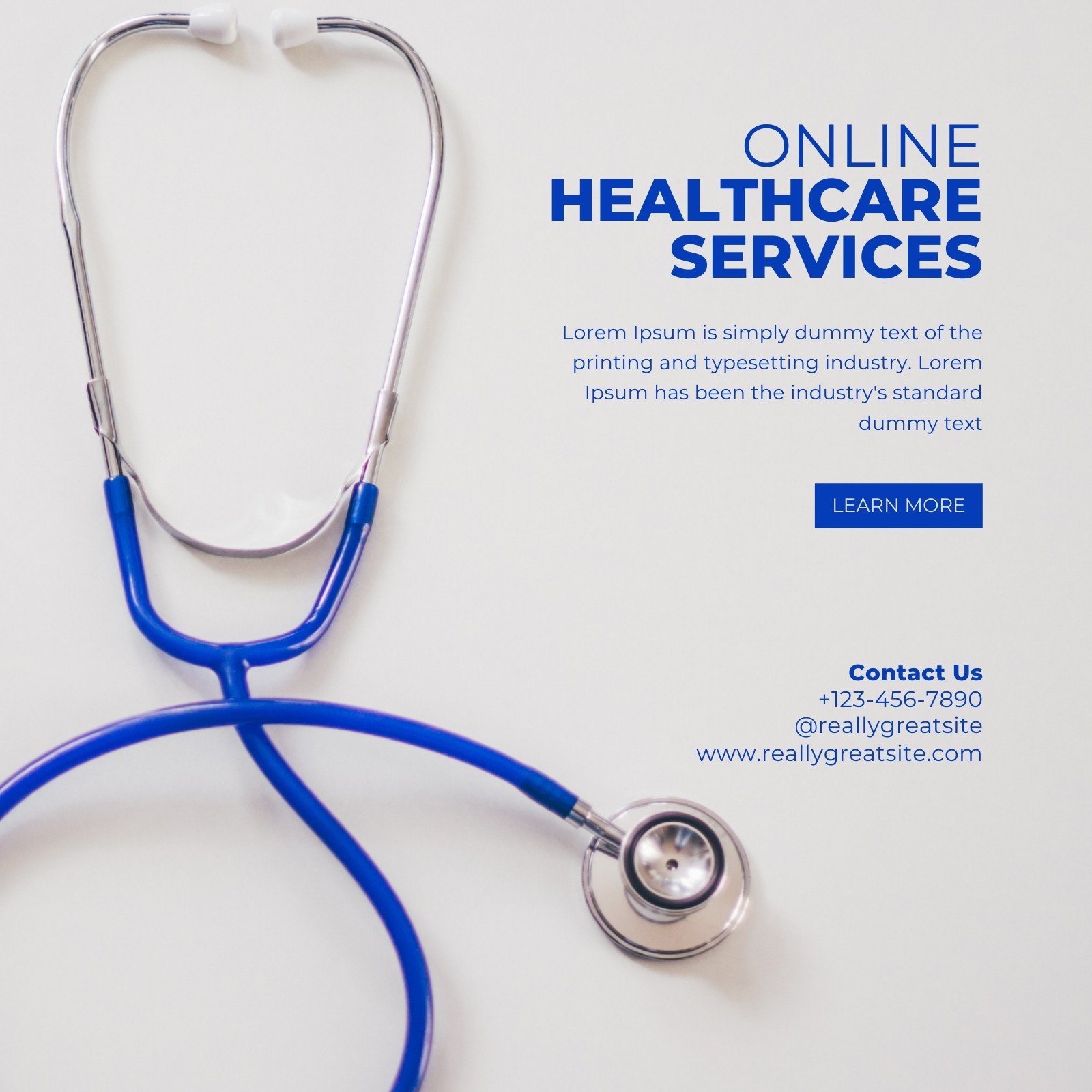Why Subscription Based Healthcare is Gaining Appeal Among Patients Today
Why Subscription Based Healthcare is Gaining Appeal Among Patients Today
Blog Article
Just How Subscription-Based Healthcare Is Revolutionizing the Clinical Industry

The Increase of Subscription Health Care
In recent times, the medical care sector has experienced a substantial change towards subscription-based designs, showing more comprehensive customer fads favoring benefit and predictability. This change is driven by the enhancing demand for even more obtainable and personalized care services. Subscription healthcare, often referred to as attendant medicine or direct main care, provides clients a set regular monthly charge for a variety of medical services, dramatically altering typical fee-for-service versions.
The increase of membership healthcare is promoted by developments in technology, which enable structured interaction between providers and people - subscription based healthcare. Digital platforms and telehealth solutions have become indispensable, using people the ability to set up visits, accessibility clinical records, and receive assessments online. This technological assimilation not only boosts client engagement but additionally allows suppliers to provide more effective care
In addition, the membership model lines up with the developing expectations of patients who seek more control over their healthcare costs and experiences. While this design is getting grip, its proliferation faces challenges such as regulatory obstacles and the need for more comprehensive approval within the typical medical care community.
Benefits for Clients and Providers
Subscription-based medical care uses a wide variety of benefits for both carriers and clients, reshaping the dynamics of treatment. For patients, this version provides improved access to healthcare solutions. With a foreseeable month-to-month charge, clients can appreciate endless appointments, minimized wait times, and customized care. This setup usually causes a much more positive strategy to health and wellness management, permitting for prompt interventions that can protect against chronic conditions from escalating. In addition, the monetary openness of membership designs lowers the unpredictability related to conventional fee-for-service billing, reducing the problem of unforeseen medical costs.
For doctor, subscription-based models foster an even more sustainable and enjoyable practice. By protecting a consistent earnings stream, suppliers can focus on providing top notch treatment without the stress of volume-based service. This design motivates longer individual appointments, promoting more powerful patient-provider connections and enhancing health and wellness end results. Additionally, it provides companies the versatility to introduce and incorporate preventive and all natural treatment techniques. Management jobs are usually streamlined, minimizing above expenses and allowing providers to devote more time to individual interaction. On the whole, subscription-based healthcare aligns the incentives of patients and companies, promoting a much more effective and patient-centered medical care distribution system.
Trick Functions of the Design
Frequently, the crucial attributes of the subscription-based healthcare model emphasize its distinctive approach to providing medical services. Central to this model is the idea of foreseeable, month-to-month repayments, offering people an extensive variety of solutions without the changability of traditional fee-for-service frameworks. This version typically consists of unlimited accessibility to health care solutions, preventive care, and routine examinations, making certain that individuals can engage with their health care suppliers proactively as opposed to reactively.
In addition, straight interaction channels, such as telemedicine and messaging systems, are stressed, permitting people to get prompt suggestions and consultations without requiring in-person consultations. This enhances ease of access and benefit, particularly for individuals with movement restraints or those living in remote locations. The design also promotes more powerful doctor-patient partnerships, as health care suppliers are incentivized to focus on long-lasting health and wellness outcomes rather than temporary gos to.
Furthermore, subscription-based healthcare often incorporates technical developments, such as electronic wellness records and wellness surveillance apps, to offer reliable and personalized treatment. Individuals gain from coordinated and continual care monitoring, which is customized to their certain health demands. Eventually, these attributes collectively develop a patient-centered medical care experience, focusing on access, cost openness, and preventive care.

Obstacles and Factors To Consider
While the subscription-based health care model supplies many benefits, it is not without its challenges and factors to consider. One substantial obstacle is guaranteeing fair gain access to. Subscription models might inadvertently prefer those with higher socioeconomic standing, potentially widening differences in healthcare accessibility for lower-income individuals who might deal with monthly charges. This raises ethical issues about inclusivity and equity in healthcare distribution.
One here are the findings more difficulty exists in regulatory compliance. Subscription-based healthcare needs to navigate a complicated internet of policies that differ by region, including problems around individual discretion, data security, and state licensing demands. Making certain conformity without restraining the model's adaptability and innovation can be daunting for suppliers.
Additionally, there is the threat of overutilization or underutilization of solutions. People paying a fixed fee may overuse solutions, causing raised functional expenses, while others could underutilize because of fear of burdening the system, potentially neglecting required care.
Future Prospects and Innovations
The landscape of subscription-based healthcare is positioned for transformation with emerging innovations and developing prospects. As technology remains to advance, the assimilation of fabricated knowledge and artificial intelligence provides significant possibilities to boost analysis precision and streamline patient monitoring. Anticipating analytics can change preventative care by identifying potential health threats prior to they manifest, therefore reducing both prices and the burden on medical care systems.
Additionally, telemedicine is readied to broaden within registration designs, offering patients raised access to health care experts despite geographical restrictions. This not only helps with connection of treatment yet also encourages hop over to here people to involve even more proactively in their health and wellness administration. Furthermore, blockchain innovation offers prospective in securing person data and making certain interoperability across systems, fostering trust fund and transparency.
The advancement of personalized medication is another frontier, with subscription designs giving an one-of-a-kind structure for providing customized health solutions. Hereditary screening and personalized therapy strategies can be seamlessly incorporated, aligning individual needs with details medical interventions. In addition, collaborations between technology firms and medical care carriers are likely to generate cutting-edge options, enhancing person experiences and outcomes. As these leads emerge, subscription-based healthcare has the prospective to redefine how care is supplied and accessed.
Conclusion
Subscription-based medical care is changing the clinical industry by supplying a much more accessible, predictable, and patient-centered technique to clinical services. This version improves patient-provider relationships, makes certain monetary transparency, and stresses preventative care with limitless appointments and telemedicine. In spite of obstacles such as regulative difficulties and possible differences in access, the registration version holds promise for a more reliable and individualized medical care experience. As technology breakthroughs, better developments are likely to attend to existing challenges and maximize medical care distribution.
Registration medical care, often referred to as attendant medication or straight key treatment, supplies patients a fixed month-to-month fee for a website here range of clinical services, dramatically changing typical fee-for-service versions.
Moreover, the membership design aligns with the progressing expectations of people that look for more control over their health care expenditures and experiences. For patients, this model offers boosted accessibility to medical care services. On the whole, subscription-based healthcare lines up the incentives of patients and carriers, promoting a more patient-centered and efficient medical care shipment system.
Additionally, telemedicine is established to expand within subscription designs, offering patients raised accessibility to medical care professionals no matter of geographical restraints. - subscription based healthcare
Report this page